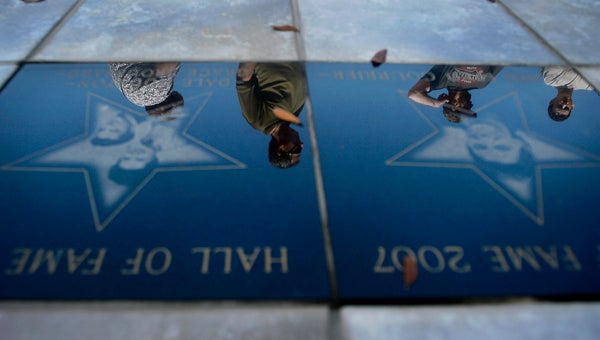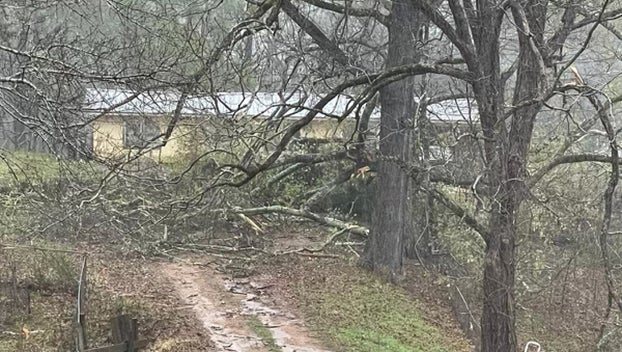Museum: Memorial Day losing identity
Published 11:17 pm Saturday, May 28, 2011
NEW ORLEANS (AP) — Lisa Box knows what she will be doing on Memorial Day.
She will take American Flags to the cemetery to put on the graves of her grandfather and uncle, who were killed in World War II. Then, she will call her grandfather’s 93-year-old best friend and spend some time remembering the war and the sacrifice more than 400,000 people made — dying in defense of their country.
“We always knew the cost of freedom in our family,” the 52-year-old Shreveport woman said. “We always understood that people died so we could live as we do.”
But Box is among a growing minority, according to the National World War II Museum. A study done for the museum found that Memorial Day was losing its identity as a day to honor those who died defending the U.S.
“We asked for the study to be done because we had a feeling the understanding of Memorial Day was tapering off,” said museum president Nick Muller. “And it confirmed what we had been gathering anecdotally. Eight out of 10 people said they did not understand what the holiday was for.”
The holiday sprang up after the Civil War and was primarily observed in the north when it began, said historian and author Kate Kelly.
Later, Southern states chose when to mark the day individually but tended to observe it June 3, which is Jefferson Davis’ birthday, she said.
Once known as Decoration Day, the holiday was officially signed into federal law as Memorial Day in 1967. In 1971, it was moved from May 30 to the last Monday in May.
A number of towns around the nation claim to have held the first Memorial Day, including Boalsburg, a village of 4,600 near State College, Pa. Boalsburg based its claim on three women who placed flags on the graves of Union Soldiers in 1864.
“And we’ve been doing it for 147 years since then without a break,” said Christopher Lee, CEO of the Boals Mansion Museum.
Boalsburg’s Memorial Day, when the town’s population swells to about 20,000, includes a parade to the cemetery to decorate the graves of fallen soldiers.
The World War II museum has a page listing ways people can commemorate the holiday, including such simple things as talking to a veteran or honoring one on Facebook.
But reviving the patriotic fervor that once surrounded the holiday will be difficult, said Adam Hanft, co-author of “Dictionary of the Future” and CEO of a marketing and branding firm, Hanft Projects.
“It’s really become just a vast promotional opportunity to extend shopping opportunities,” Hanft said. “I don’t think most people connect emotionally with the day, or connect it to the country being in two wars right now.”
With aging World War II veterans dying in great numbers, along with an “anti-formality” culture, Hanft said official observances are far less important to people now.
“As a country we need to remember some things,” said Stephen Watson, chief operating officer of the World War II museum. “And as a museum, we felt we needed to find ways to help people connect with Memorial Day. It’s important to know what people gave up for us.”
Box and her grandmother traveled to France, where her grandfather, Lt. Lloyd Polette, had parachuted one night and led the charge that liberated Picauville, France.
Polette had enlisted just after the December 1941 attack on Pearl Harbor. The 28-year-old had a wife and two daughters at home when he was killed in Europe in January 1945.
“When we were in France, people all talked about the war and the liberation, even little kids,” Box said. “I thought, how can they remember it so well and in this country people have so little memory of our wars?”
———
Online:
National World War II Museum: http://www.nationalww2museum.org/






